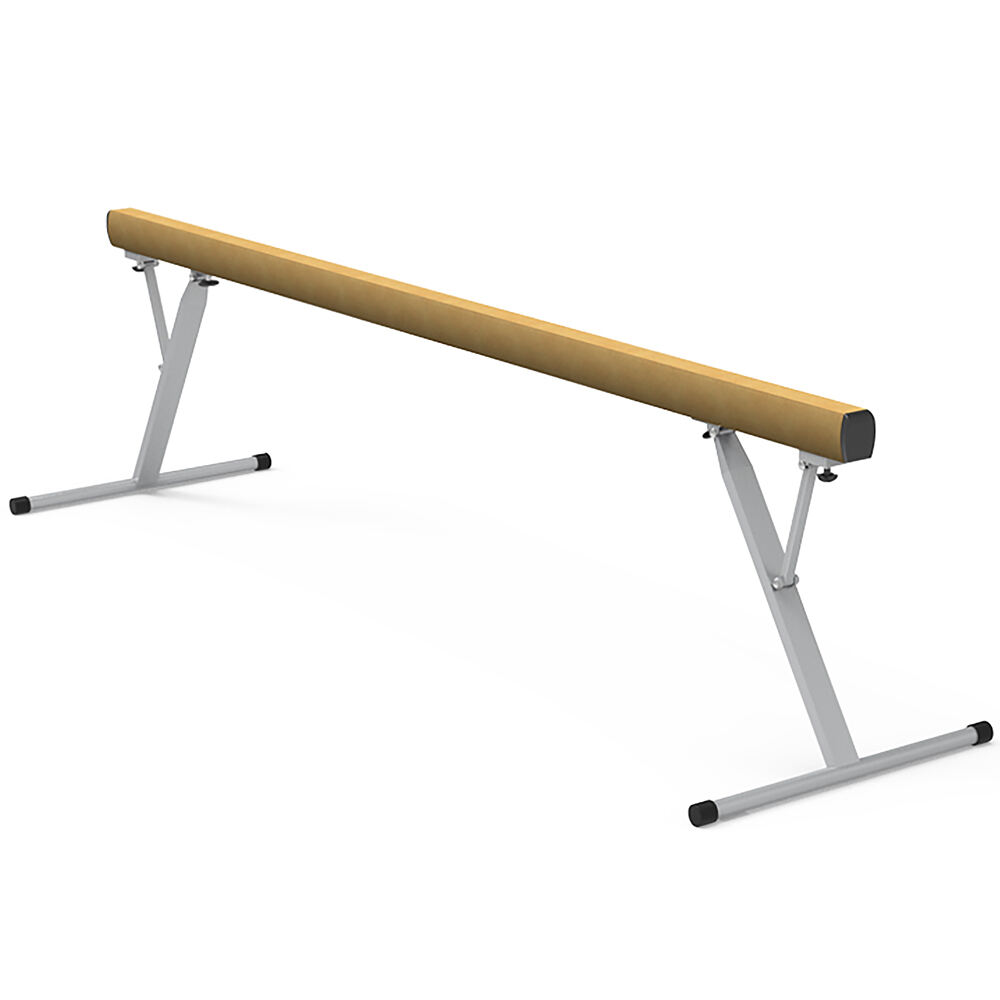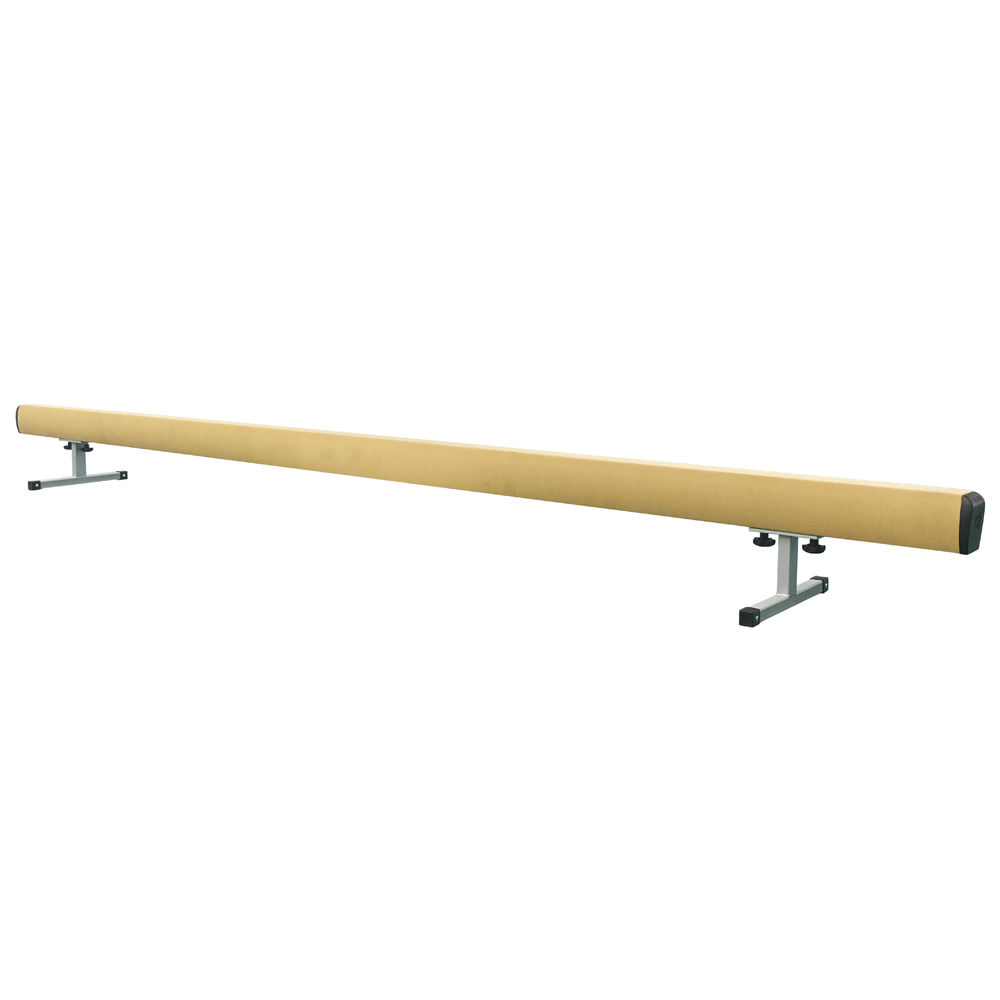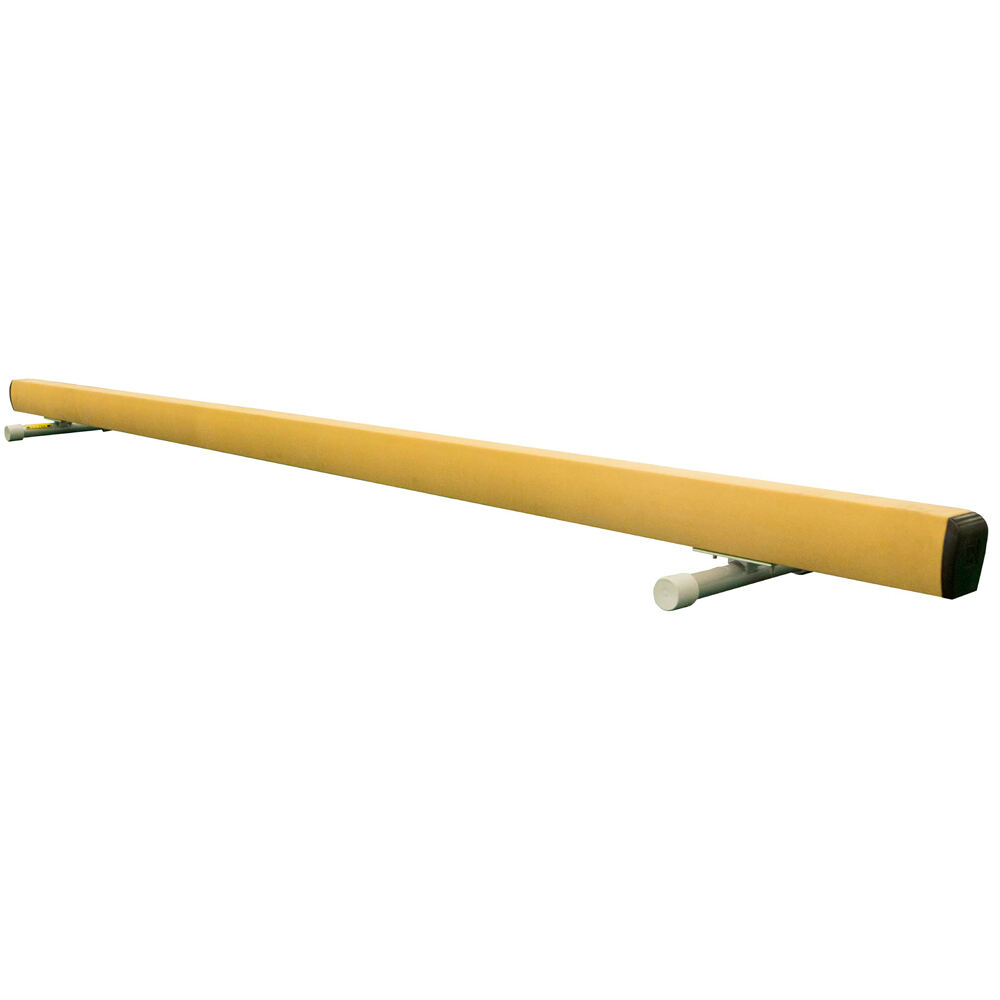balance beam price
The balance beam price represents a crucial consideration for gymnastics facilities, educational institutions, and training centers seeking to invest in quality equipment. Modern balance beams combine durability with advanced features, typically ranging from $300 for basic practice models to $4,000 for competition-grade equipment. These prices reflect various factors including construction materials, height adjustability, and safety features. Competition-standard beams feature specialized padding and synthetic suede covering, ensuring optimal grip and performance consistency. The pricing structure typically includes different categories: training beams for beginners, which are lower in height and more affordable; intermediate beams with adjustable heights and enhanced stability features; and competition-grade beams meeting international gymnastics federation specifications. Most professional models incorporate aluminum cores with specialized padding systems, offering the perfect balance of stability and shock absorption. The investment considers long-term durability, with higher-end models featuring weather-resistant materials and reinforced support systems that can withstand years of intensive training.


